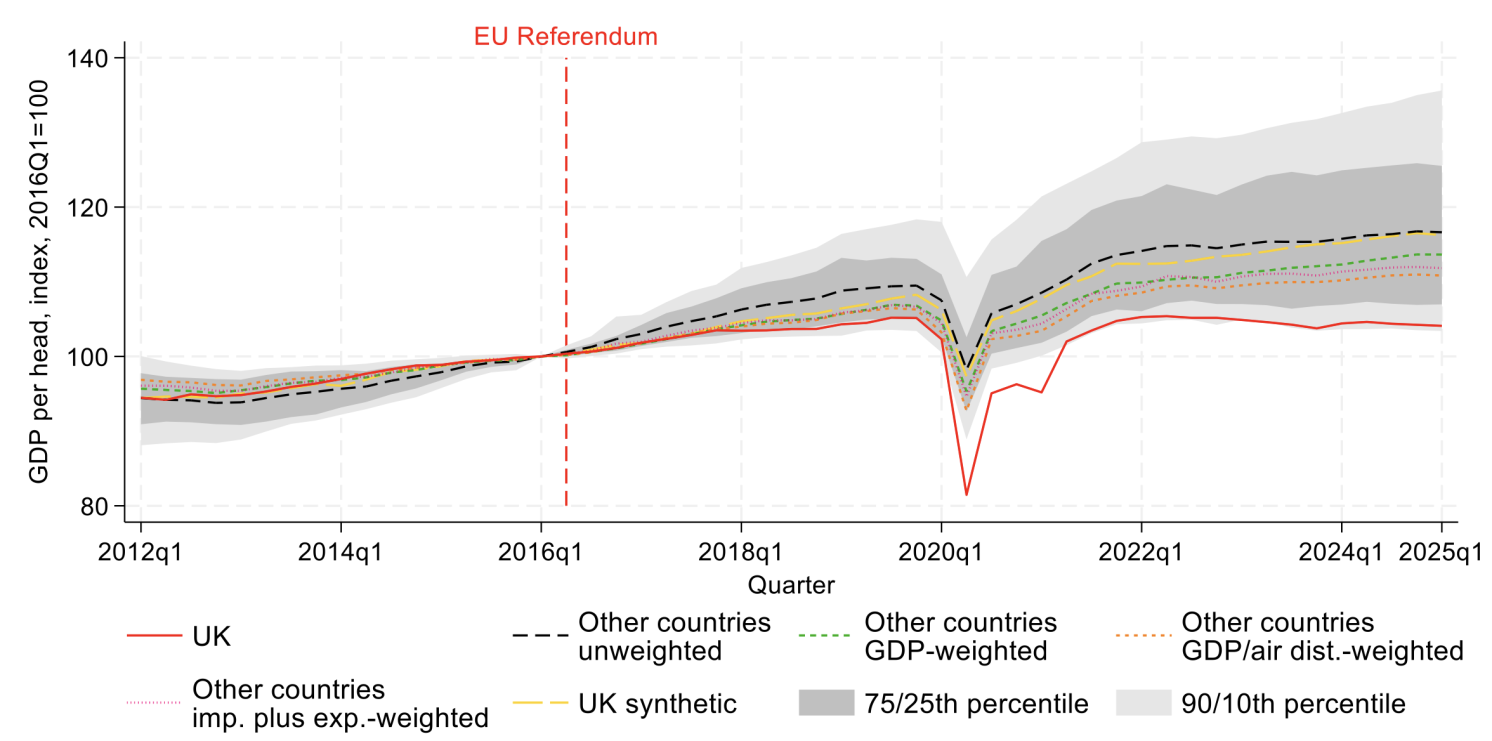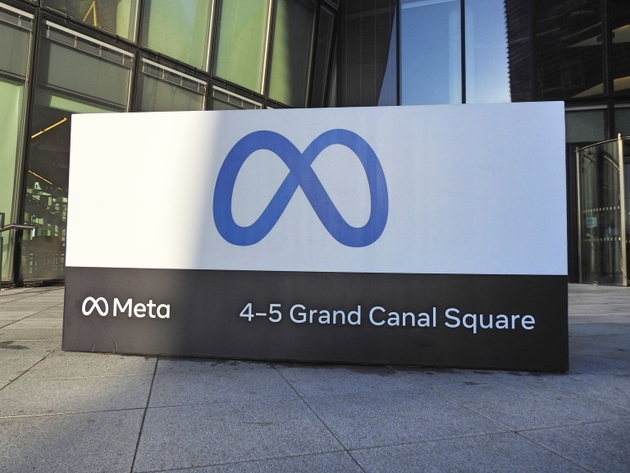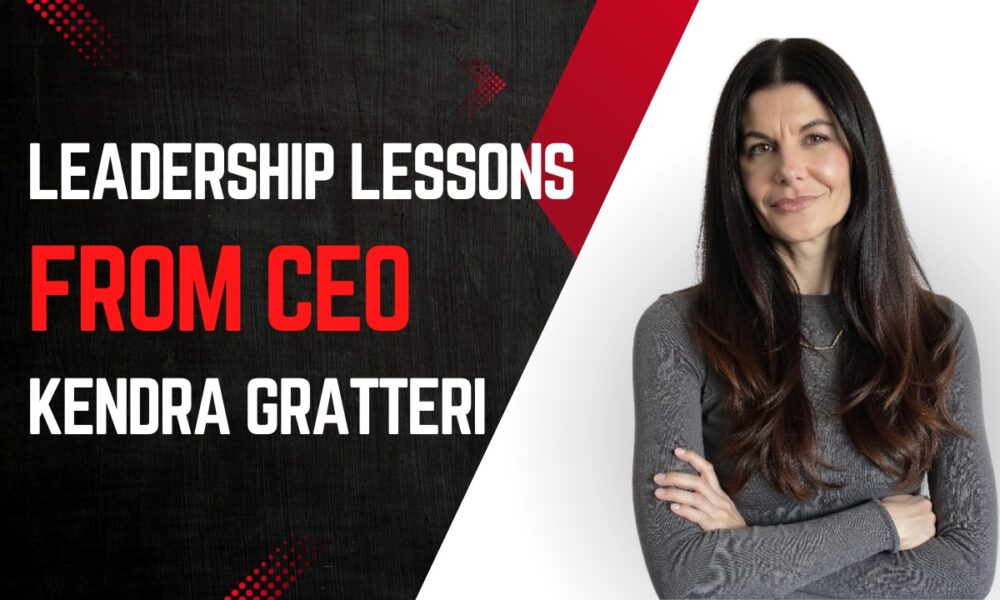For college basketball fans, March is one of the best times of the year. We all get to fill out several NCAA tournament brackets, only to have them busted after a few games. This week’s market commentary will draw some comparisons between this year’s tourney field and the markets.
The Household Names: Number 1 Seeds
Let’s begin with the markets leadership and the tourney’s one seeds. Last year’s NCAA tournament champion, the UConn Huskies, remains the top dog in this year’s bracket. For the markets, last year’s top performing S&P 500 stock was Nvidia. Nvidia is currently leading the market again this year. In the last two decades, college basketball fans have debated whether UConn should now be considered a “blue blood” program (among the most elite college basketball programs). The same is starting to happen for Nvidia. It’s become one of the market’s largest stocks, and widely discussed in the media.
As for the other seeds, two of last year’s one seeds were Purdue and Houston. Both programs have had repeated success and are yet again one seeds in their respective regions. For stocks, that would be Amazon and Meta. They were strong last year and have continued showing strength in 2024. The last one seed is North Carolina, one of the top blue blood programs — let’s call them Microsoft (the S&P 500’s largest stock).
Kansas & Apple
The Kansas University Jayhawks were a number one seed in the 2023 NCAA tournament and were the tourney champs in 2022. From 2005 to 2023, the Jayhawks won their regular season conference (the Big 12 conference) seventeen out of nineteen times. The two times they didn’t win, they finished in second.
After years of dominance, 2024 has been a relative low point for Kansas basketball. This season, the Jayhawks finished 6th in conference play, their worst finish since the turn of the century. They have limped into the NCAA tournament as a four seed, losing four of their last five games.
That sounds a lot like Apple. For the last decade plus, Apple has been a dominant stock. It’s one of the largest stocks (blue blood) in the S&P 500. From 2001 to 2023, Apple outperformed the market index in seventeen out of twenty-one years. Just like Kansas, Apple has seen some recent struggles in 2024. While the market is up in 2024, Apple (the index’s second largest stock) is down -10.3% through Friday’s close.
The Kansas Jayhawks still made the big dance, and Apple is currently sitting on technical support. Will they each go on a run to end the month? Time will tell.
The Rest of the Field and Market Breadth
Now that we have discussed the largest technology stocks and the top dogs in the tournament, let’s turn our attention to the remainder of the field. In college basketball, this tournament has been described as having a lot of “parity.” In other words, when you look outside of the top-seeded teams, there isn’t a huge difference in strength between being a six seed and being a twelve seed. There are quite a few upsets being projected in this season’s tournament.
Looking at the markets, we are also starting to see a lot more parity. While large technology stocks dominated the markets in 2023, so far in 2024, we are seeing a large improvement in market breadth (or market participation). The Advance-Decline Line, which measures market participation, is at a new high, meaning a rising market is lifting most ships.
There has also been a shift in market leadership. While technology-related stocks led for most of 2023, those sectors now rank in the middle of the eleven S&P 500 sectors on a risk adjusted basis (source: Canterbury’s Volatility-Weighted-Relative-Strength). Sectors like Financials, Industrials and Basic Materials are now the leading sectors for large cap stocks.
Even as we look towards the lower seeds, Energy stocks are starting to make a run. Energy had previously been one of the weaker sectors (we highlighted Energy as our Chart of the Week in late February’s commentary). Now, the sector is rising in Canterbury’s risk-adjusted rankings.
Just like the NCAA tournament appears to have a lot of evenly matched teams, we are beginning to see more evenly matched stocks.
Chart of the Week: Eastman Chemical
Most will spend time this week with their college basketball brackets trying to identify potential upsets and looking for dark horse teams to make a run in the tournament. The college basketball analysts will discuss a variety of metrics to determine which teams have the characteristics to go far in March Madness. Could a team like the Drake Bulldogs or the James Madison Dukes make some noise?
The same can be said for stocks. With more market parity, there have been more stocks showing positive technical characteristics. This week, we will be using some technical indicators to analyze Eastman Chemical stock (EMN). EMN comes from the Basic Materials sector. Basic Materials has quietly been one of the better performing market sectors recently. Have a look at the chart and corresponding points below.
Canterbury Investment Management. Chart created using Optuma Technical Analysis Software
- At point 1, Eastman Chemical is attempting to break out of overhead resistance. Resistance is a point where supply and demand shift. Several times in the past, when prices have touched this resistance line, the stock has seen a wave of selling as holders look to exit their position. Now, EMN is testing resistance once again. Breaking, and holding, prices above resistance would be a positive for this stock.
- Point 2 shows that EMN has recently put in a higher low and held its 200-day moving average for “support.” Support is the opposite of resistance and is a level where demand takes over and fuels prices higher. After failing to break resistance in December, EMN retreated to its 200-day moving average of price, where it found support. This also established a higher low for EMN. Higher lows (and higher highs) are characteristics of a positive trend. Now, we will see if EMN can establish a higher high.
- In technical analysis, we often look to volume for confirmation of a move. In other words, you would ideally like to see uptrends occur on high volume (high conviction) and downtrends to occur on low volume (low conviction). The MoneyFlow Index, shown in Point 3, is a volume indicator which measures “smart” money. While EMN has moved sideways for more than one year, MoneyFlow has steadily increased, indicating more volume is occurring during upward movement. MoneyFlow just put in a new high.
Bottom Line
Looking at this year’s tournament field, you still have the repeated success at the top: Uconn, Purdue, Houston and UNC. The same is true for stocks. Nvidia, Amazon, Meta and Microsoft were some of the top performers last year and have continued that success in 2023.
We have also seen some stocks like Google and Apple faulter a little in 2024, following success in 2023. That feels a little bit like this season’s Kansas Jayhawks team. Will they pick it up to end the month?
Parity in the markets and parity in the NCAA tournament is a good thing. In 2024, we are seeing both occur. A rising tide has lifted most ships, and many stocks are showing positive technical characteristics.
But it’s called “March Madness” for a reason. When it comes to both the tournament and to stocks, past performance is not an indication of future results. Most didn’t expect the 2023 one seed Purdue to lose to a sixteen seed, nor did many project that no number one seeds would make the final four. Yet, that’s what happened. Most investors who recently bought the hottest technology names likely have lofty expectations. Will those stocks live up to the hype, or will they flame out early?
We hope you enjoyed reading this March Madness market commentary. It’s a fun time of the year for basketball fans. Unlike filling out a bracket, which is set in stone once Thursday’s action begins, portfolio management is an ongoing process and one that requires an adaptive approach. As market conditions change, or security technicals shift from positive to negative, it is critical to have a process capable of adapting its holdings to deal with whichever market environment comes next- bull or bear.
The views and opinions expressed herein are the views and opinions of the author and do not necessarily reflect those of Nasdaq, Inc.







































